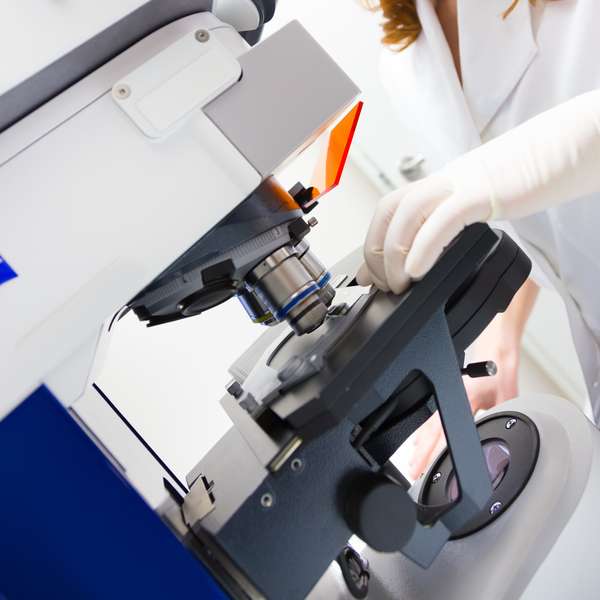Enzyme’s Role in Human Health, Disease, Discovered
 A process called phosphorylation is the human body’s method of tagging proteins, and sending them to do the work of biology. Scientists have identified how most of this is done inside cells – but what happens outside cells – which includes processes causing wounds to heal, bones to form and cancer to spread – has not yet been well understood.
A process called phosphorylation is the human body’s method of tagging proteins, and sending them to do the work of biology. Scientists have identified how most of this is done inside cells – but what happens outside cells – which includes processes causing wounds to heal, bones to form and cancer to spread – has not yet been well understood.
Fam20C is an enzyme which may have provided a fundamental breakthrough in understanding much of this out-of-cell biochemistry, according to researchers who have published a new study in today’s issue of the journal Cell.
Fam20C is a kind of skeleton key which phosphorylates more than 100 proteins – and could provide new breakthroughs soon, said the team, from the University of California – San Diego’s School of Medicine.
“This study opens an entirely new area of discovery for many aspects of cell biology and biomedical research – how cancer cells metastasize, for example – and provides many new therapeutic targets,” said Jack Dixon, a professor at the school and the senior author.
The breakthrough started with newborns who inherited mutations in the Fam20C enzyme. This creates a rare disease known as Raine Syndrome, which results in bone deformities, and most often results in quick death. The bone mineralization function was the foremost part of the research – at first.
But when the scientists deleted the gene from various cancer cells grown in the lab, they found it worked in many other ways.
“To their surprise, the researchers discovered that it wasn’t just proteins… Rather, for each cell type, 90 percent of secreted proteins are phosphorylated by Fam20C – more than 100 different proteins in total,” the school said, in a statement.
Removing Fam20C also severely inhibited breast cancer cells’ movement, they found – meaning the enzyme might help metastasis of cancers.
The same team had hinted at the potential importance of the enzyme, in a study published last year in the Proceedings of the National Academy of Sciences.
More work remains, concluded Sandra Wiley, a co-author of the study, and a staff research associate in Dixon’s lab.
“Nearly 60 years of protein phosphorylation research has uncovered many important functions for phosphorylation of proteins inside the cell, so there’s no reason to believe these mechanisms will be any different for phosphorylation of proteins outside the cell,” Wiley said. “We’re now investigating the biological function and importance of each protein phosphorylated by Fam20C.”


